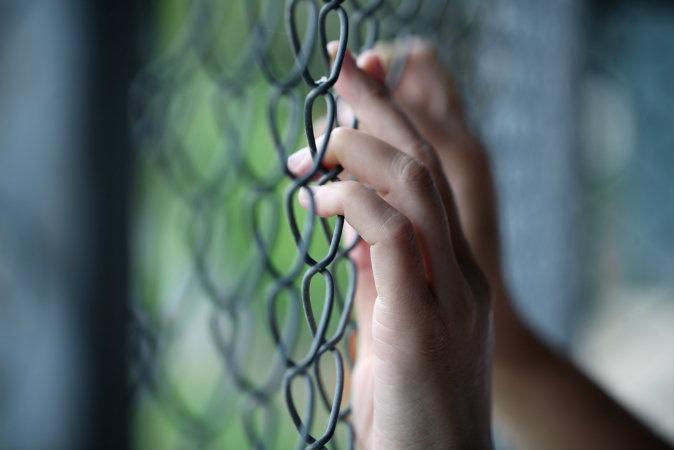WASHINGTON—Piper Kerman’s best-selling memoir, “Orange is the New Black: My Year in a Women’s Prison,” published in 2010, called attention to conditions in the U.S. women’s prisons. It has been the basis of a popular Netflix TV series, and on its third season, it was recently nominated for 12 prime-time Emmy Awards.
On Sept. 17, The Constitution Project (TCP) awarded Ms. Kerman their annual award for constitutional commentary. Virginia “Ginny” Sloan, president and founder of the TCP, said when presenting the award, “Unfortunately, it speaks volumes of our society that it takes a white woman to open the public’s eyes to the long documented problems that affect a disproportionate number of people of color, but we are grateful that it does.”
Kerman said that she hoped that people would come away after reading her book with a question, “What really happens to people behind the walls?” And she hoped that readers would have some questions to ask the people who run our prison justice system.
As a Smith College graduate from a “WASP” (white anglo-saxon Protestant) New England family, Kerman, 46, was an unlikely candidate to wind up serving 13 months in a minimum security women’s prison in Danbury, Conn. She was convicted for money laundering and drug trafficking, but not for actually selling drugs. More than 10 years before she walked through the prison gates, at the age of 24, she had made a bad decision to get involved in drug trafficking.





